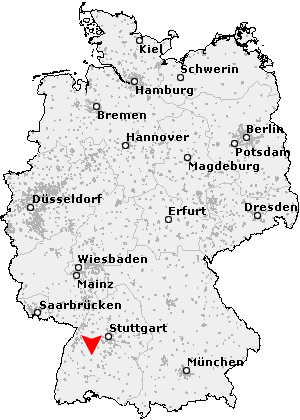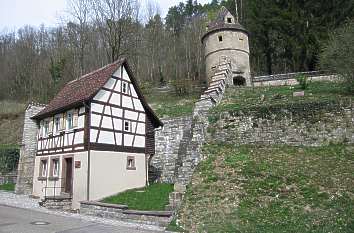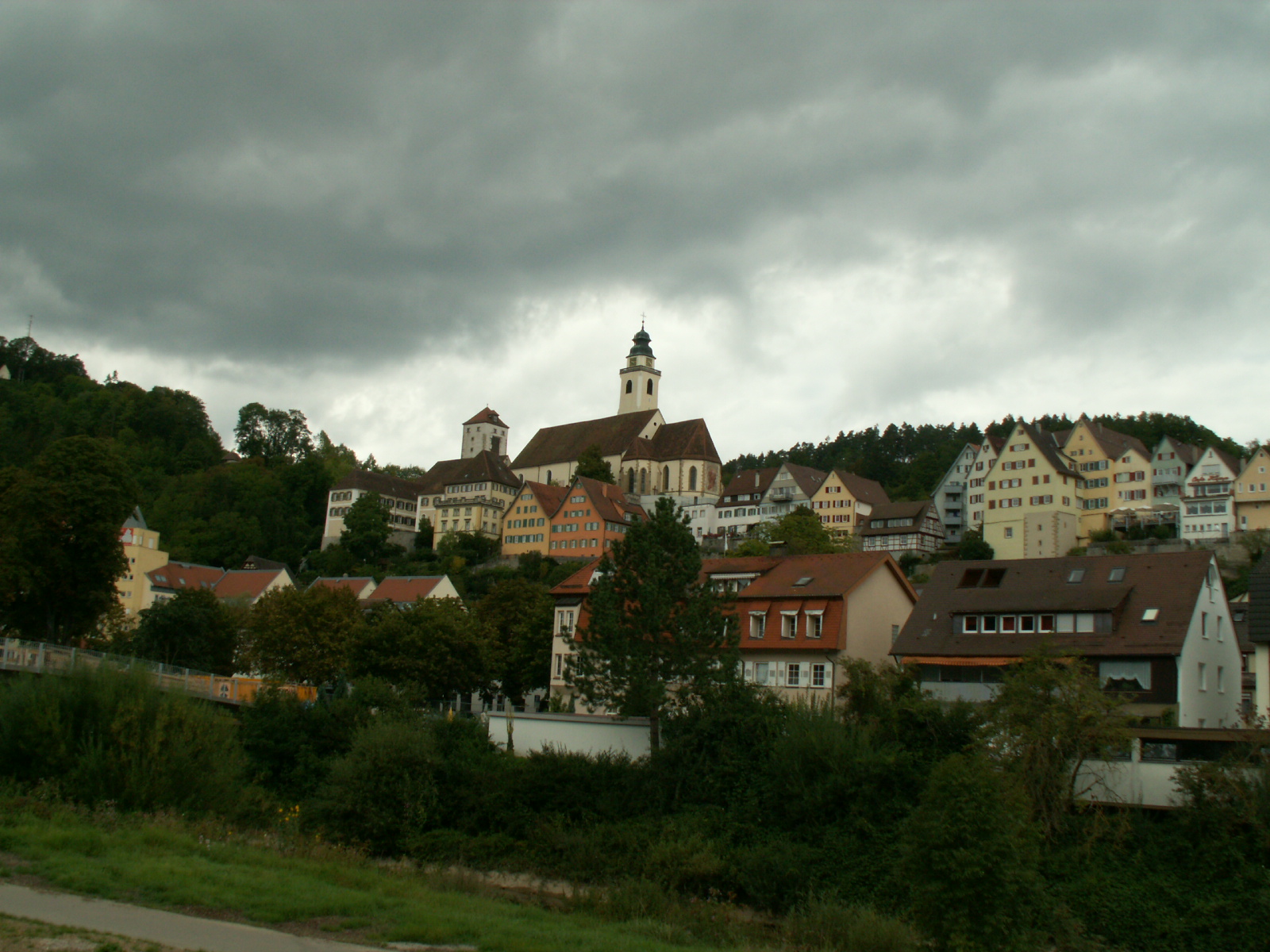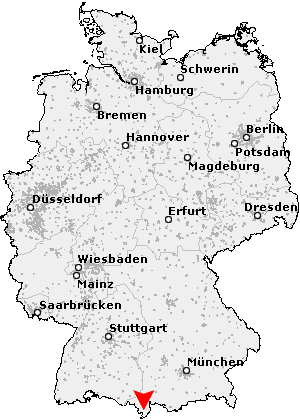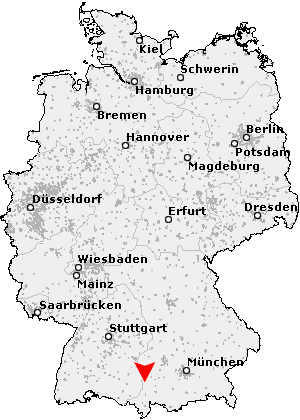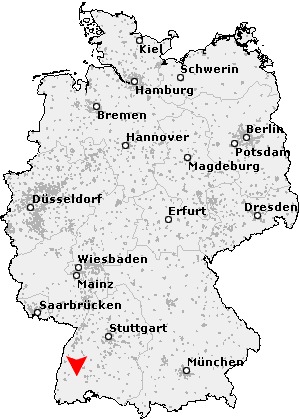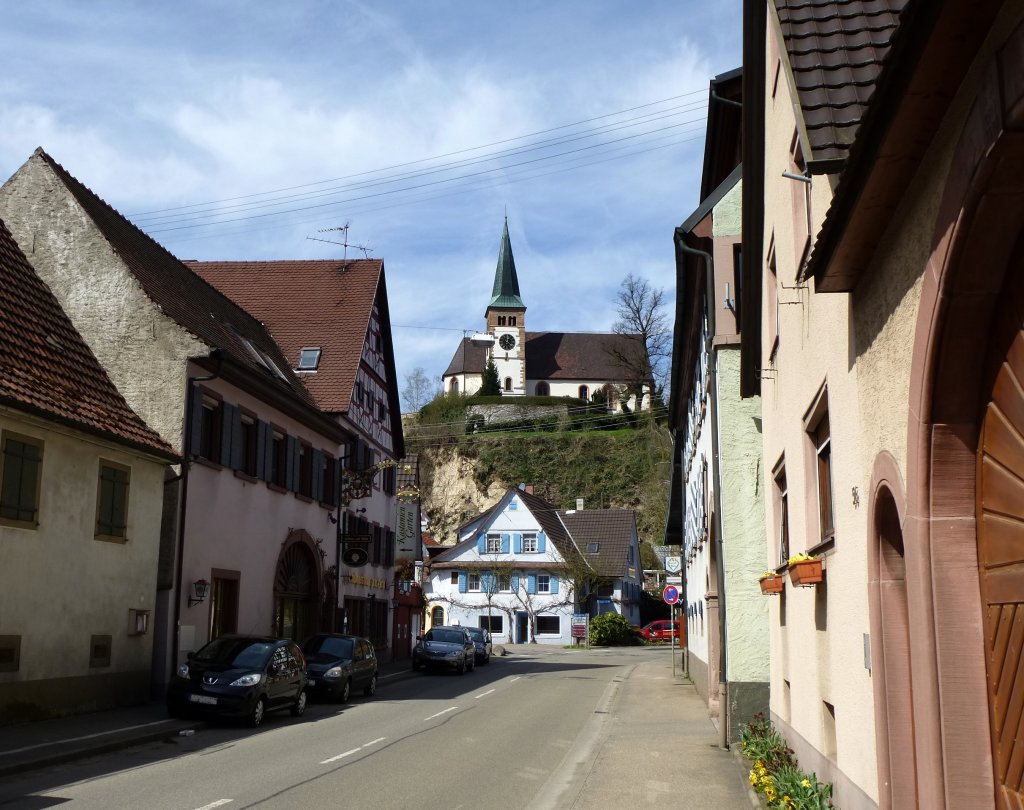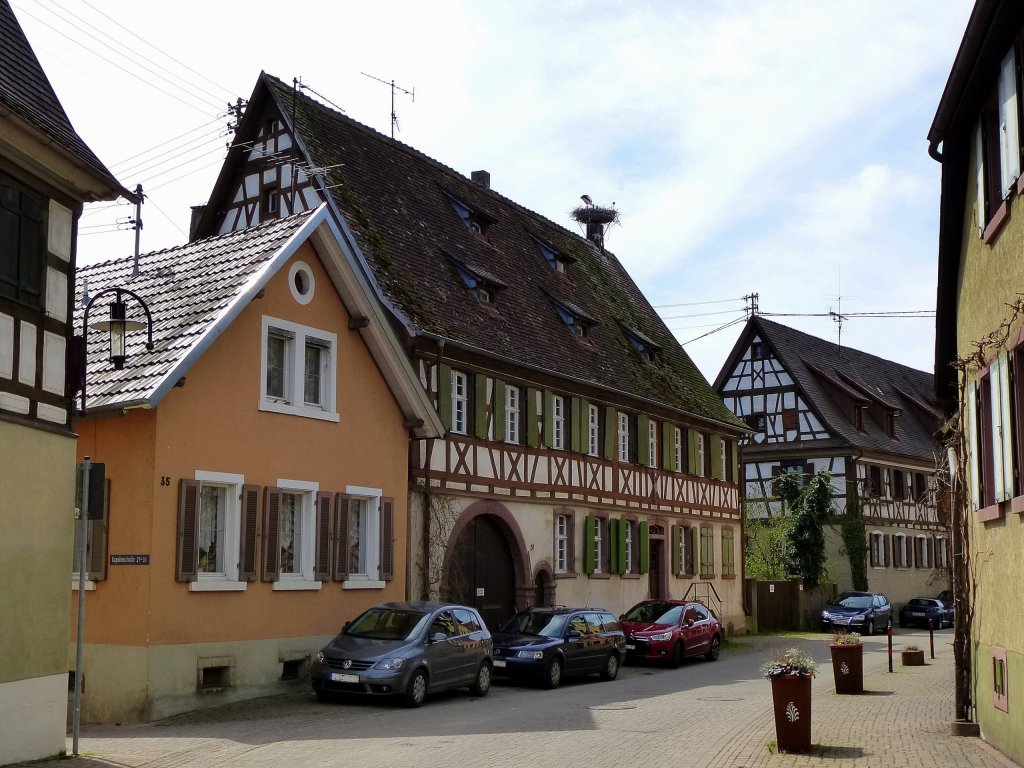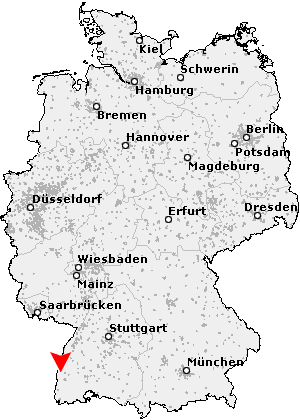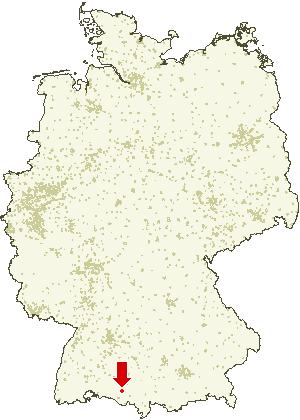Rick J. Schochenmaier
(July 18, 1953 - October 25, 2014)

A Time of Remembrance for Ricky J. Schochenmaier, 61, of Oacoma, SD will be Saturday, November 1, 2014 from 10:00 am to 3:00 pm with family present from 1:00 pm to 3:00 pm at the Hickey Funeral Chapel in Chamberlain.
Ricky John Schochenmaier was born July 18, 1953 at Oacoma SD to Walter and Alice (Bauman) Schochenmaier. He attended school in Chamberlain and graduated from Chamberlain High School. After high school, Rick attended Mitchell Vo-Tech. On November 27, 1982, Rick was united in marriage to Marie Payton. They made their home in Oacoma where they raised their children Tracy and Brian. He worked for Nortel for many years and most recently for Gen Band Telecom.
Rick loved fishing, hunting, playing cards, and cooking.
Rick passed away on October 25, 2014 at his home in Oacoma at the age of 61 years. Gratefully sharing his life are his wife Marie of Oacoma; mother Alice of Chamberlain; daughter Tracy of Swedesboro, NJ; son Brian of Rapid City; three brothers Glen and wife Margie of Lemon Grove, CA, Dick and wife Tammy of Mitchell, SD, and Terry and wife Terri of Las Vegas, NV; a sister Beth of Chamberlain; several nieces and nephews; and special friends he shared his life with Paul Krogstad of Chamberlain, Lee and Tina DeHaai of Chamberlain, Mick and Cathy Zeman of Vermillion, and Steve and Doris Dominiack of Chamberlain. Preceding him in death were his father Walter.
In lieu of flowers donations can be made in Rick's name at.... castforkids.org
(July 18, 1953 - October 25, 2014)

A Time of Remembrance for Ricky J. Schochenmaier, 61, of Oacoma, SD will be Saturday, November 1, 2014 from 10:00 am to 3:00 pm with family present from 1:00 pm to 3:00 pm at the Hickey Funeral Chapel in Chamberlain.
Ricky John Schochenmaier was born July 18, 1953 at Oacoma SD to Walter and Alice (Bauman) Schochenmaier. He attended school in Chamberlain and graduated from Chamberlain High School. After high school, Rick attended Mitchell Vo-Tech. On November 27, 1982, Rick was united in marriage to Marie Payton. They made their home in Oacoma where they raised their children Tracy and Brian. He worked for Nortel for many years and most recently for Gen Band Telecom.
Rick loved fishing, hunting, playing cards, and cooking.
Rick passed away on October 25, 2014 at his home in Oacoma at the age of 61 years. Gratefully sharing his life are his wife Marie of Oacoma; mother Alice of Chamberlain; daughter Tracy of Swedesboro, NJ; son Brian of Rapid City; three brothers Glen and wife Margie of Lemon Grove, CA, Dick and wife Tammy of Mitchell, SD, and Terry and wife Terri of Las Vegas, NV; a sister Beth of Chamberlain; several nieces and nephews; and special friends he shared his life with Paul Krogstad of Chamberlain, Lee and Tina DeHaai of Chamberlain, Mick and Cathy Zeman of Vermillion, and Steve and Doris Dominiack of Chamberlain. Preceding him in death were his father Walter.
In lieu of flowers donations can be made in Rick's name at.... castforkids.org


.png)


